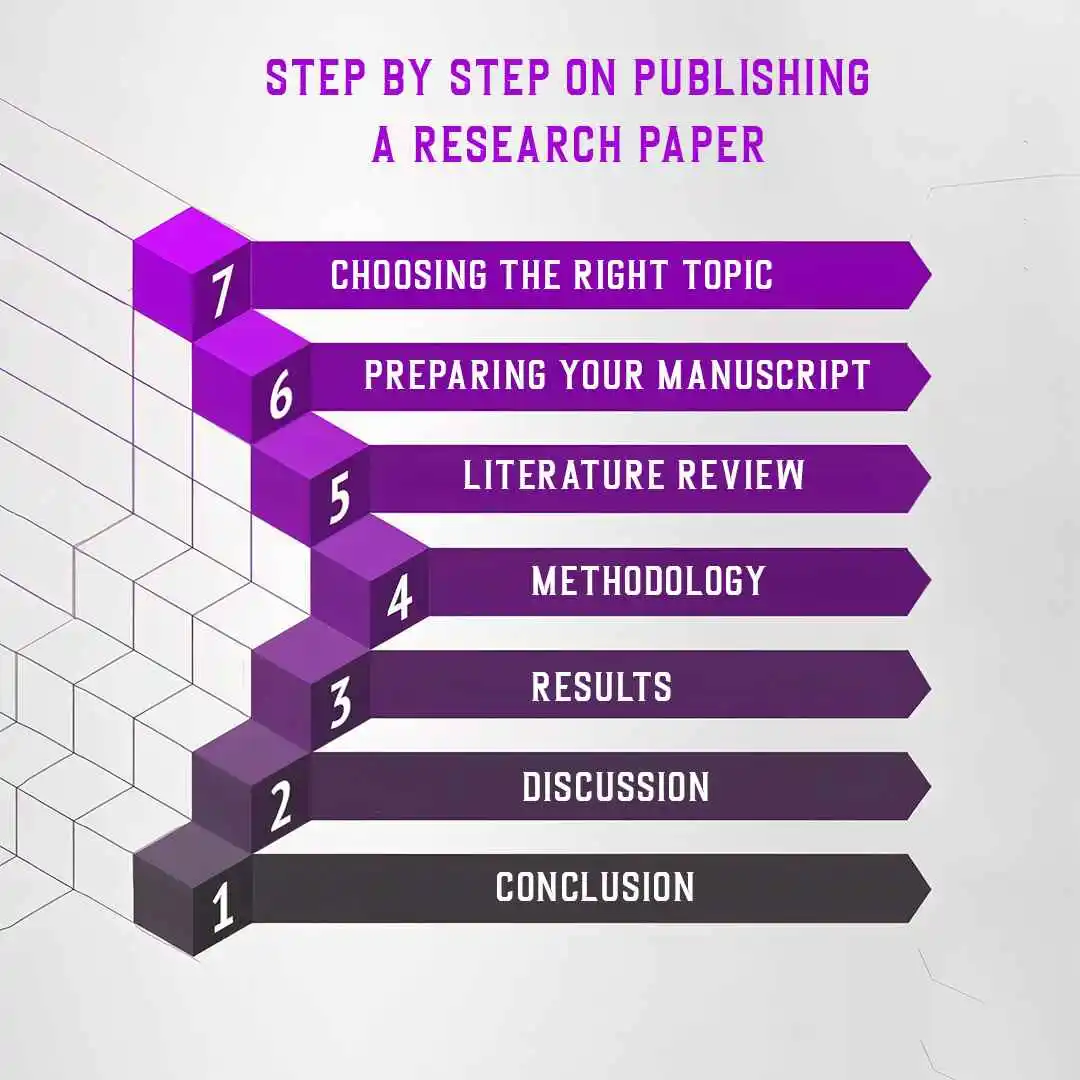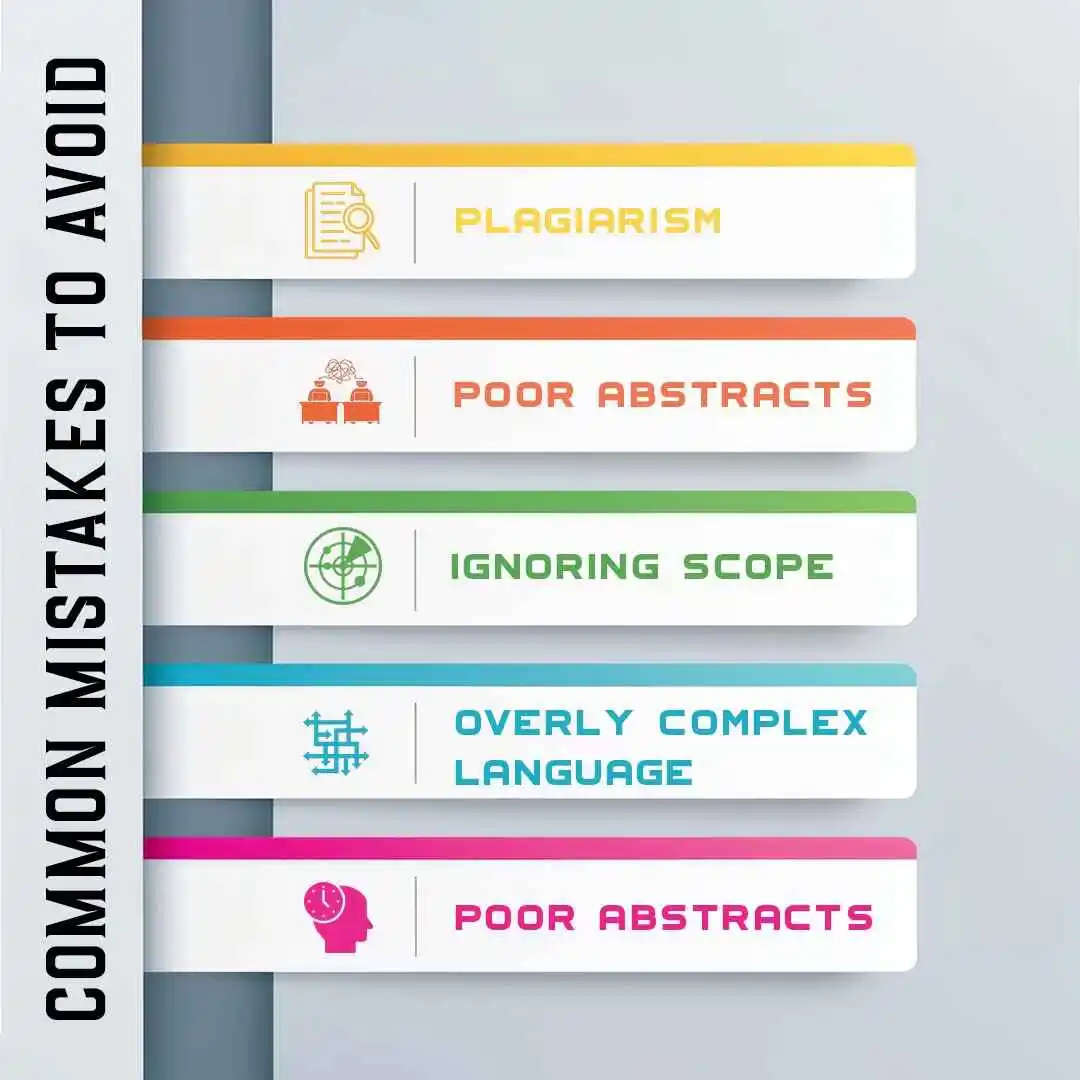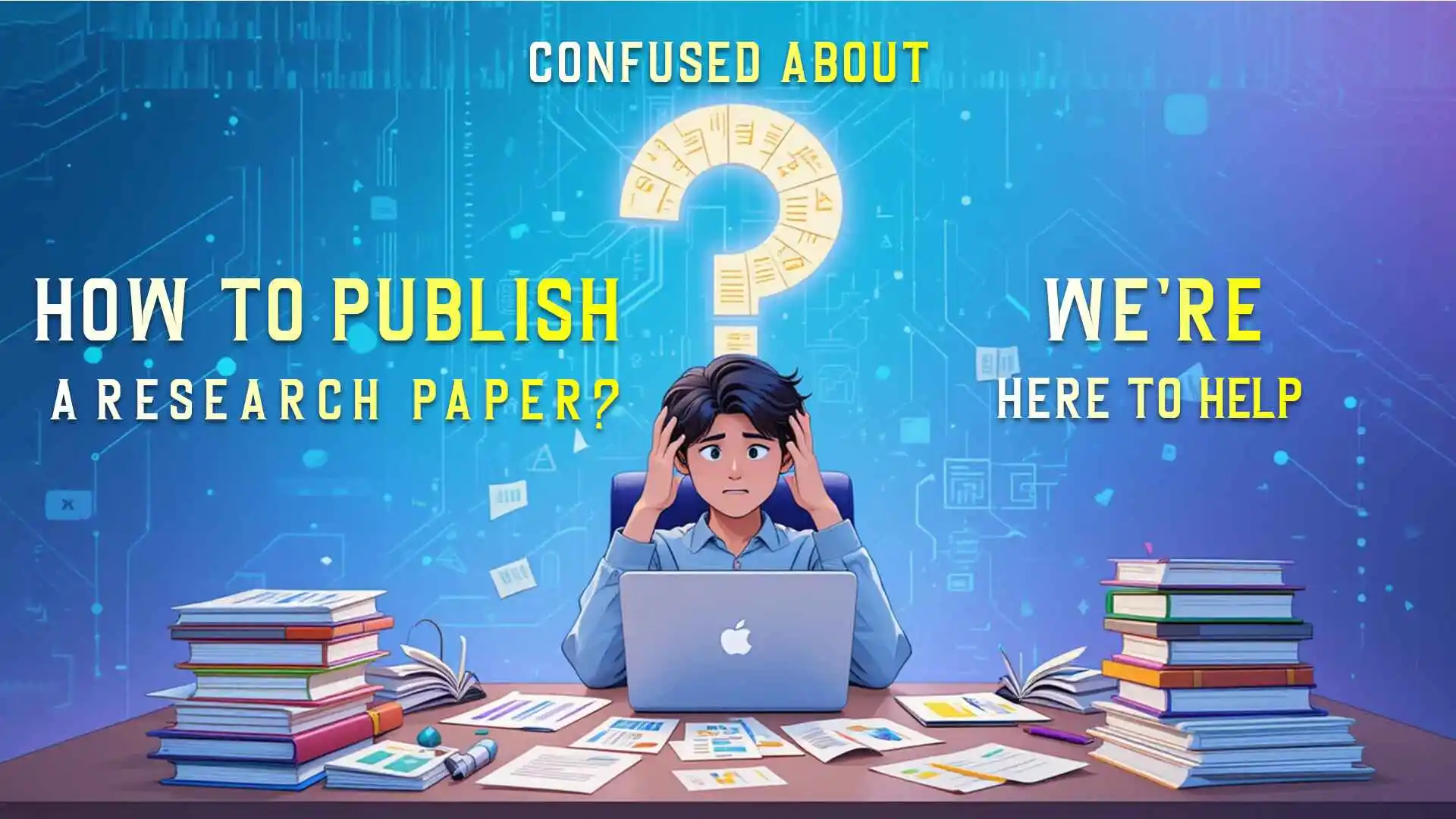Confused About How to Publish a Research Paper? We’re Here to Help
Publishing a research paper is one of the most rewarding milestones in a researcher’s journey, but let’s be honest—the process can often feel overwhelming. From choosing the right journal to formatting your manuscript, every step can raise new questions. Don’t worry we’re here to make things clear, simple, and achievable.
This blog is a comprehensive guide on how to publish a research paper, designed to help researchers, especially beginners navigate the often complex and intimidating publication process. It goes beyond procedural steps to explain why publishing matters and how it allows your research to contribute meaningfully to the broader academic community.
Understanding Why Publishing Is Important
Before you begin paper formatting, sit for a moment and consider where you'd like it to be published. Journals and conferences have distinct aims: journals tend to go deep into thorough studies, while conferences are all about presenting new ideas and speedy results. Getting the right location guarantees your research finds the audience that will enjoy and benefit from it the most.
Visibility:
Journals, conferences, and repositories make your work available in front of readers who can build on or learn from it.
Peer validation:
Peer review verifies your techniques and assertions, enhancing credibility and quality.
Career development:
Published papers reinforce applications for employment, grants, scholarships, and promotions.
Influence:
Others may cite, criticize, or build upon your results — that's how knowledge evolves.
Permanent record:

Publication establishes a citable, archived record of your work.
Now that we see why publishing matters, let’s break it down step by step and explore how each part of the process works.
Step by Step on publishing a research paper
Step 1: Choosing the Right Topic
The initial step towards publishing a research paper is to select a topic that is original and significant. A good topic sets the level, tone, and ultimately the influence of your research. Journals and readers are attracted to research that contributes something new to the discipline—either by answering outstanding questions, disputing current conceptions, or presenting new methods. Good qualities of a good research topic
Originality:
Refrain from duplicating what has been done previously. Find new questions or alternative perspectives on proven issues.
Relevance:
Your subject needs to relate to current discussion or contemporary problems in your field. If it also solves actual real-world problems, its value further rises.
Knowledge gap:
Solid research completes a gap in the literature or delivers proof where little exists.
Feasibility:
Great ideas are great, but make sure you have the time, money, and statistics to finish the project.
Step 2: Preparing Your Manuscript
Typical Structure of a Research Paper
Abstract
-
Brief one-paragraph abstract (150–250 words).
-
Clearly state the research question, methods used, key findings, and overall conclusion.
-
Do this last so it is similar to the final paper.
-
Be factual — do not include citations, jargon, or ambiguities.
Introduction
-
Inform us why the problem is significant and what you are attempting to resolve.
-
Provide background information and define the research gap.
-
Clearly state your objectives or hypotheses.
-
Summarize concisely how the paper is organized at the end.
Literature Review
-
Briefly outline previous relevant research to show what is already known.
-
Identify gaps, contradictions, or disputes in the literature.
-
Position your research in this debate — explain how it contributes.
-
Don't make this huge list of references; focus on critical synthesis instead.
Methodology
-
Describe your research design, materials, data sources, and methods.
-
Be clear enough so that another researcher can reproduce your research.
-
Mention reference to sample size, instruments/tools, and analysis methods.
-
Mention ethical clearances (when human/animal subjects are involved).
Results
-
Present your findings in an objective, concise manner.
-
Use tables, graphs, and charts as needed.
-
Report all your results, not just the ones that support your hypothesis.
-
Leave interpretation to the discussion section.
Discussion
-
Describe what the results imply within the setting of your research question, and discuss the results.
-
Compare your results with what has been accomplished previously — do they agree or disagree?
-
Highlight what matters, what are the constraints, and what the study implications are.
-
Suggest directions for future research.
Conclusion
-
Restate the key findings in simple, unelaborated language.
-
Highlight the contribution made by your work to the area.
-
Don't introduce new facts or pieces of evidence.
-
Close in a strong note with a statement that will leave readers with something clear.
Step 3:Targeting the Right Journal
Selecting the appropriate journal is as important as getting the paper written. Submission to the incorrect location wastes time and holds up publication.
How to make the right choice:
Check scope:
Ensure your subject matter is within the journal's "Aims and Scope."
Read previous issues:
Check if similar work has appeared there before.
Think about the audience:
Publish in journals read by investigators in your area.
Consider impact and accessibility: Include impact factor, indexing, and open access possibilities.
Step 4: Following Submission Guidelines
Every journal has its own rules—word count, citation style, formatting, and file types. Ignoring them is one of the quickest ways to get rejected.
Key checks before submission:
-
Stick to the journal’s word and page limits.
-
Use the required citation and reference style.
-
Ensure figures and tables meet resolution/format standards.
-
Double-check all references, captions, and supplementary files.
Step 5: The Peer Review Process
Peer review is the foundation of publishing. Specialists in your domain assess the originality, methods, and contribution of your paper. Improvement is what is sought, not rejection.
What reviewers look for
-
Novelty and significance
-
Sound methodology
-
Clear conclusions and results
-
Correct citations and background
How to respond to comments
-
Read comments calmly.
-
Address major issues first, and then smaller ones.
-
Respond graciously, point by point.
-
Demonstrate clearly where changes were made.
-
When you disagree, substantiate with evidence.
Step 6: Handling Rejections Gracefully
Rejection is part of the publication process — even seasoned researchers experience it. It's all about remembering: it's not the end, it's just a step.
Rather than viewing rejection as failure, view it as an opportunity to get better:
Don't take it personally
A rejected paper doesn't reflect that your research has no value; it just might not be the fit for that journal's scope or standards.
Use criticism constructively
Reviewer feedback is basically free expert opinion. They point out areas you can improve in the next iteration.
Revise and resubmit
Either tighten up your paper and return it to the original journal (if permitted) or look for a better-suited outlet.
Be persistent
Publishing is a trial-and-error process. Most seminal papers were first rejected before getting accepted by an appropriate journal.
Consider rejection not as a red light but as a detour to ultimate success.
Step 7: The Final Acceptance

After revisions and resubmissions, that long-awaited acceptance letter finally arrives.
This phase is both satisfying and humble. It means your work has survived the vetting of experts and will soon see a wider academic audience. But before it actually goes to press, there are usually a few last tasks:
-
Galley proofs: You’ll be asked to review a pre-publication version of your paper. This is your chance to catch typos, formatting errors, or missing references.
-
Formatting checks: Ensure figures, tables, and citations follow the journal’s style. Even small errors can cause delays.
-
Final approval: Once everything is confirmed, your paper becomes part of the permanent scholarly record.
Publication is not the best part — it's just the start of your research living life out there. From this point forward, your work can best be read, cited, argued with, and built on for years to come.
Common Mistakes to Avoid
During learning about publishing a research paper, avoid mistakes:
Plagiarism
Unintended overlap can destroy credibility. Always cite sources properly.
Poor Abstracts
The first (and usually the sole) thing readers ever read is your abstract. Keep it brief but compelling.
Ignoring Scope
Sending to the incorrect journals wastes your time.
Overly Complex Language
Clear research paper writing is straightforward, not elitist.
Lack of Patience
Publication takes time. Rushing may lead to careless errors.
By avoiding these mistakes, you’ll streamline your path to successful publication.
Ethical Considerations in Publication
Publishing is not just getting your name in print it's about building credibility within the academic community. The way you handle it along the way reflects on you, but also on your institution and peers. That's why ethical processes are important.
The following are the underlying principles to keep in mind:
Avoid Duplicate Submissions
Never send one paper to multiple journals at the same time. Journals consider it unethical, and your work can be blacklisted if detected. Always wait for a final response before sending elsewhere.
Respect Authorship Policies
Be honest with credits. Everybody who contributed significantly—be it data collection, analysis, or writing—should be credited as co-authors. Conversely, also avoid the listing of "guest authors" with no contribution whatsoever.
Report Honestly
Be honest with your results, methods, and data. Do not "sparse" results, withhold negative results, or falsify figures and tables. Honesty is preferable to reporting only positive outcomes.
Respect Confidentiality and Consent
If your research involves human subjects, animals, or sensitive data, follow ethical standards strictly. Obtain informed consent, anonymize participant data, and comply with review board guidelines
Tools and Resources That Can Help
It doesn't have to be scary to publish a research paper. You can make it easier and save precious time using the right software. These are some of the tools that all researchers must take into consideration:
Reference Managers
It is a nightmare to maintain citations manually. Reference managers assist you in keeping sources organized, inserting citations with a single click, and creating bibliographies automatically. Some of the most widely used ones are:
-
Zotero – Free, open-source, and easy to use.
-
EndNote – A very serious tool that is commonly used in academia.
-
Mendeley – Great for sharing and collaborating with references and colleagues.
Writing Assistants
Even the best researchers occasionally require help with clarity or grammar. Writing assistants make your manuscript more readable:
-
Grammarly – Spell checks, tone, and readability.
-
Hemingway Editor – Flags complex sentences and gives them rephrased in simple words.
Clear writing makes your work readable for reviewers and readers.
Workshops and Webinars
Academic publishing and writing can be daunting at first. Universities, professional societies, and internet sites offer webinars and workshops where you can:
-
Become familiar with journal submission procedures
-
Discover typical reviewer expectations
-
Get face-to-face advice from editors and authors in print
These are great chances to enhance your skills.
Editing and Proofreading Services
If English is not your native language—or if you simply want a professional finish on your final draft—professional editing services can assist. They:
-
Correct spelling and grammar
-
Enhance readability and clarity
-
Double-check consistency of format with journal guidelines
Certain journals even suggest certified editing services prior to submission.
Beyond Publication: Sharing Your Work
Publishing is just the beginning. Make your work visible by:
-
Presenting at conferences
-
Sharing on ResearchGate, Academia.edu, or LinkedIn
-
Discussing with peers and collaborators
The more you share, the bigger impact your research will have.
Final Thoughts
Publishing a research paper isn’t as intimidating as it seems. It’s about discipline, patience, and persistence.Think of writing as laying the foundation—and publishing as building the bridge that connects your work to the world.
So the next time you’re ready to hit “Submit,” you’ll know exactly what to do.
